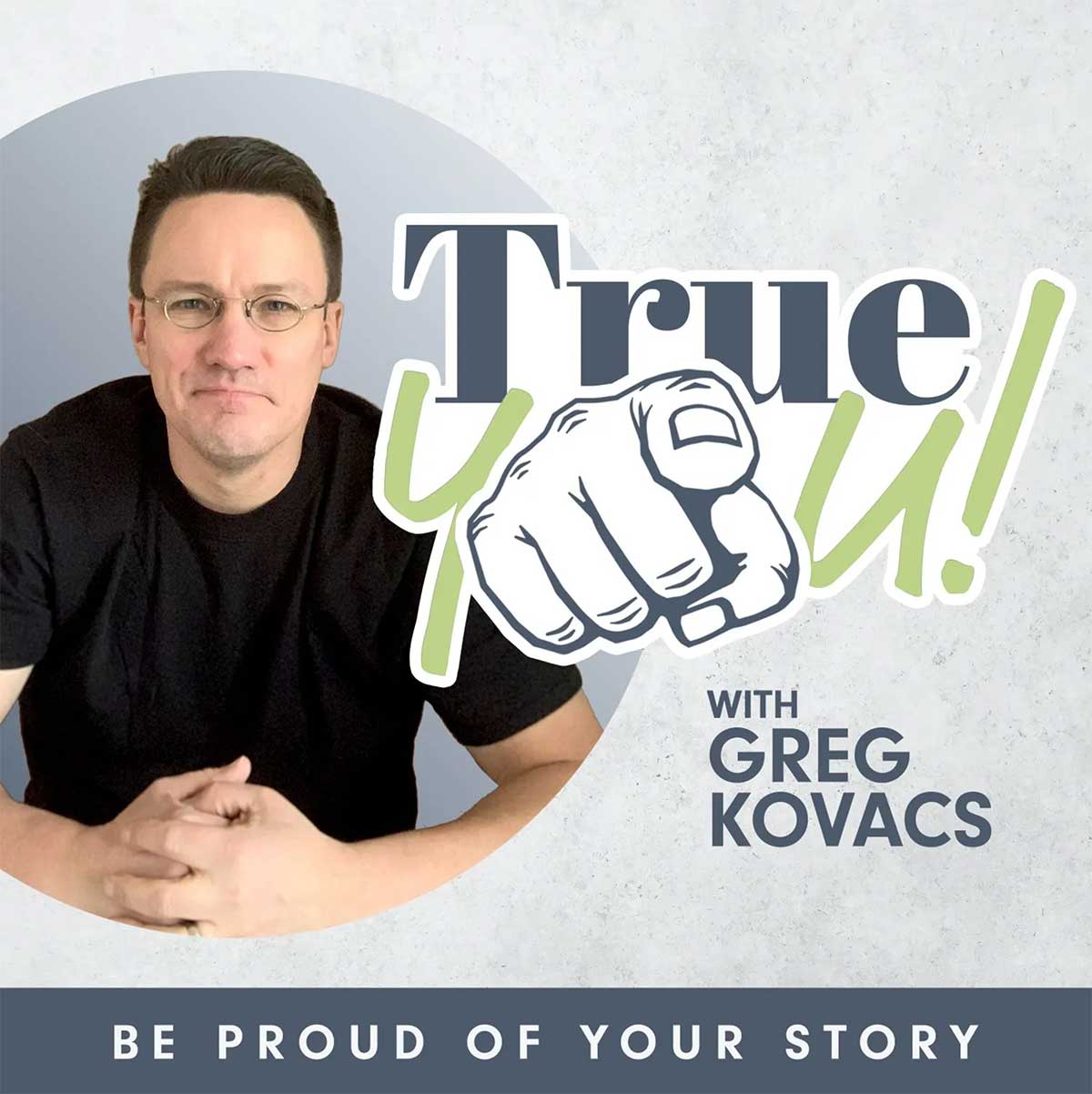
An Alzheimer’s Story with Peggy Sweeney McDonald
Episode Description
I want to talk about my conversation with a remarkable person, Peggy Sweeney-McDonald. I met Peggy after joining a social networking group of podcasters. Peggy is an actress, producer, and author of a book called Meanwhile, Back at Café Du Monde…Life Stories about Food. Peggy is also the host of a podcast called Life in the A-Zone in which she shares her story of moving back to Baton Rouge Louisiana after 36 years when her mother was diagnosed with Alzheimer’s disease. My conversation with Peggy was filled with emotion, sincerity, and skillful storytelling. As I listened to her story I couldn’t help but think about the story behind the story. I became so curious about Peggy’s experience of telling her story, how she became skilled at storytelling, and how her story changed her in the telling. So I reached out to her and we had a conversation that was as rich as the story itself. Peggy is a passionate storyteller who skillfully weaves pauses, voice fluctuations, emotion, and humor to share a story that reveals a long family history of love, laughter, loss, and life in the A-Zone.
But first . . . a related tangent about storytelling!
There is so much happening in our world: from COVID, to politics, to so many lifestyle changes. To me, these changes are both unnerving and fascinating, especially around American politics. Here is something that is certain: our political beliefs are a reflection of our values and morals, and they are very often a reflection of how we were raised. Our politics are reflected in how we parent and how we care for others. So how we develop our political thinking is fascinating. And in many ways what is happening with politics is storytelling. Our political thinking represents an oral tradition that passes our values, morals, and beliefs to the next generation. And some politicians are simply very good at telling that story. Today’s episode is about storytelling . . . . not political stories; that’s not really a hill I want to professionally die on.
Pueblo Storytellers
In my office, I have a small collection of Pueblo storytellers. You may know what I’m referring to—most of them are pretty small, maybe a few inches, tall; they are handcrafted from clay with bright colors and they portray a figure that is sitting and usually holding kids or even animals on his or her lap; the figure can be pretty much anything, but are often a man or woman or any type of animal even.
Pueblo Storytellers have a really distinctive, exaggerated open mouth that makes it really hard to deny that the figure represented in the art is telling a story with purpose; a story that’s important to them. Sometimes the kids even have open mouths, as if they are repeating the story they are being told.
Storytelling is important in Native American culture. In fact, Native American people see their storytelling tradition as crucial in the preservation of the morals, values, traditions, and experiences of their culture. Storyteller pottery started in the 1960s by a woman named Helen Cordero, from Cochiti Pueblo, New Mexico. And since then well over 200 potters across 13 pueblos have created their versions of the storyteller figures, all with varying shapes and sizes. Some are represented as Santas, or owls, or Koshares, which are pueblo Indian clowns that represent ancestral spirits.
The reason I have a fascination with Pueblo storytellers is that I have great respect for storytelling. Storytelling is something I’m not great at, but I know good storytelling when I hear it! A good story is hard to find and is something I don’t find in most Hollywood movies or even NY Times bestsellers. Too many of those stories are formulaic; they’re predictable. And most really don’t teach us much. What I love is a story that passes cultural values to future generations; that instills the principles, morals, and belief systems of a society.
And storytelling is important in counseling because the stories we tell become a reality in some…




